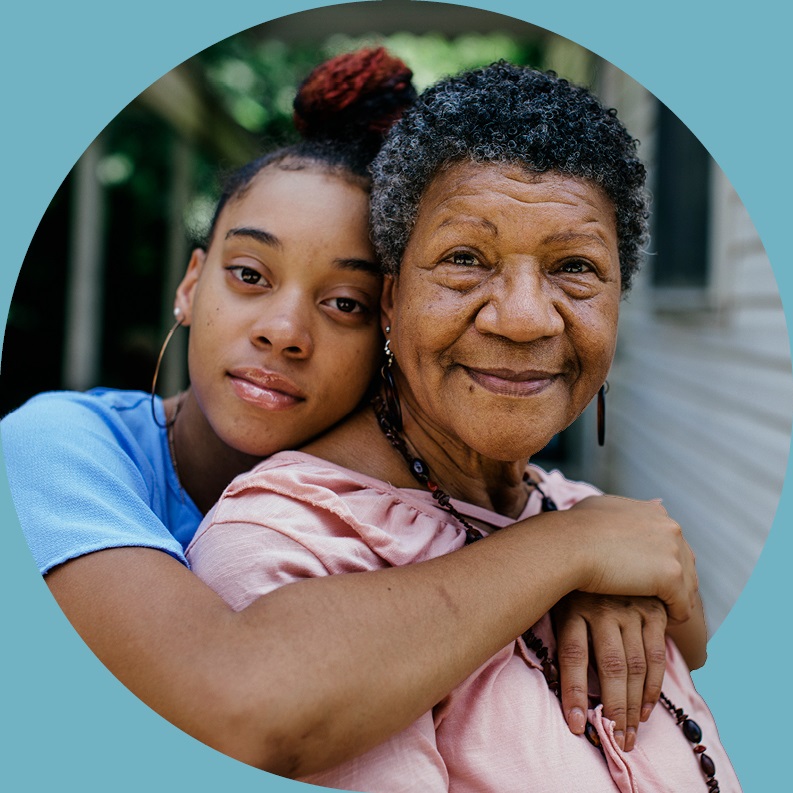
10 Luxury Trends to Watch 26/27
Published 12 November 2025
Growth forecasts may be subdued for the luxury sector, but wealth creation continues apace – from newly-minted millionaires to the growing ranks of billionaires. Smart brands are using this inflection point to recalibrate by relearning the values, priorities and expectations defining tomorrow's global elites. Stylus spotlights 10 need-to-know trends steering the global wealth and luxury landscape.
1. Where’s the Wealth in 2026?
2. A New Era for Performative Wealth
3. Meet the Everyday Millionaires
4. Living with Nature’s Harmony
5. Low-Tech Exclusivity
6. New Education Norms for Next-Gen Elites
7. Luxury’s Evolving Longevity Economy
8. Borderless Wealth
9. Luxury Focuses on Gen X
10. Luxury’s Heritage & History-Seekers
Global luxury sales fell 2% in 2024, but regional trends reveal a more nuanced story (Bain, 2025). China drove the decline, while the Gulf Cooperation Council (GCC, including Bahrain, Kuwait, Oman, Qatar, Saudi Arabia and the UAE) saw 6% growth (Chalhoub Group, 2025). Prestige brands are expanding strategically, adapting established services for luxury’s strongest markets.
Global luxury sales fell 2% in 2024, but regional trends reveal a more nuanced story (Bain, 2025). China drove the decline, while the Gulf Cooperation Council (GCC, including Bahrain, Kuwait, Oman, Qatar, Saudi Arabia and the UAE) saw 6% growth (Chalhoub Group, 2025). Prestige brands are expanding strategically, adapting established services for luxury’s strongest markets.
Between pop culture spotlighting well-off individuals and the increasing numbers of ultra-wealthy individuals worldwide, luxury is becoming more visible in consumers’ day-to-day lives (regardless of net worth). Cue an interest in loud luxury, where boldly proclaiming one’s status is celebrated. However, worsening wealth inequality is also leading to an uptick in high-profile giving (see also Tomorrow’s Super Spenders).
Between 2000 and 2024, the number of people worldwide with $1m-$5m in assets quadrupled to approximately 52 million (UBS, 2025). These “everyday millionaires” are wealthy on paper but still budget conscious. While lacking the individual assets of their ultra-high net worth (UHNW) peers, their collective spend – and hunger for exclusive experiences – makes them essential for brands looking to build long-term loyalty.
Globally, there’s an uptick in high-end residential developments that harness nature’s healing properties, appealing to high-net-worth individuals (HNWIs) looking for tranquil, wellness-conscious homes. From urban green space to regenerative farms, these nature-saturated spaces give residents the privilege of connecting deeply with the world around them.
“The new status symbol isn't what you have online, but your ability to disappear from it,” writes Kristoff D’Oria di Cirie, a UK-based luxury brand consultant. HNWIs are using their resources to divert their attention away from tech and toward connective, restorative activities. This is a boon for brands, who are spinning their preference for analogue engagement to evoke a sense of you-had-to-be-there exclusivity.
Between increasingly competitive school admissions and AI's classroom integration, wealthy families are reconsidering what constitutes quality education. International schooling is gaining appeal even in regions with elite institutions (like the US and UK), while some ultra-wealthy individuals are using their fortunes to shape learning trajectories – particularly evident in China's billionaire-funded universities.
HNWIs account for 56% of spending on wellness and longevity treatments (BCG x Altagamma, 2025), a share expected to grow as home-based therapies and health retreats gain traction. But extended lifespans create new concerns about sustaining wealth for more years, indicating the longevity market for wealthy individuals has significant room to expand beyond health alone.
In an evolution of trends in Tomorrow’s Super Spenders, HNWIs are moving to cities and countries that suit their financial priorities and lifestyle – a phenomenon that’s accelerating alongside new forms of wealth creation and shifting taxation regulations. As location-agnostic lifestyles proliferate, wealthy consumers want brands to provide services that facilitate their footloose lifestyles.
By 2040, Gen X is forecast to account for 45% of the world’s UHNWIs, up from 25% today (Altrata, 2025). By 2030 they’ll overtake baby boomers as the largest UHNWI demographic globally. Smart brands should already be courting Gen X, whose focus on quality, wellbeing and wealth preservation makes them apt luxury consumers.
Among consumers spending more than €10k ($11.5k) annually on luxury goods, 80% value cultural references in marketing (High Snobiety x BCG, 2025). As spending among some cohorts declines, forward-thinking brands are deepening engagement through immersive museum exhibits and pop-ups – maintaining aspiration and ensuring they're top of mind when the market rebounds.
10 Luxury Trends to Watch 26/27


Topics

Want to see the full report?
Offering access to over 350 consumer and cross-industry reports annually, Stylus Membership is your window to tomorrow’s most exciting opportunities.
We already arm more than 500 of the world’s most forward-thinking brands and agencies with the creative insights they need to make transformative business decisions.
We’d love to do the same for you.
Book a demo with us today to discover more.
More Reports From Stylus
More Reports From Stylus
The Longevity Transformation: Global Wellness Summit 2025
By 2029, the global wellness market will reach $9.75tn, up from about $6.8tn in 2024 (GWI, 2025). The











